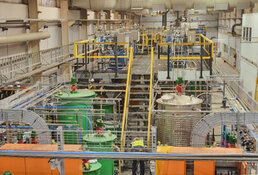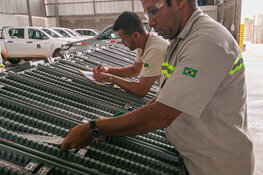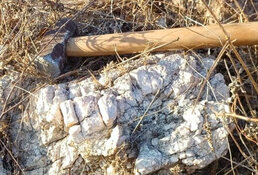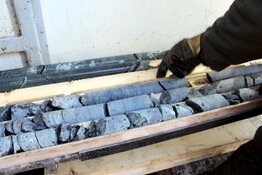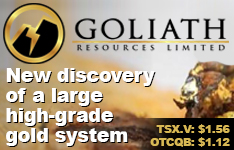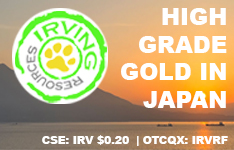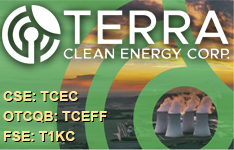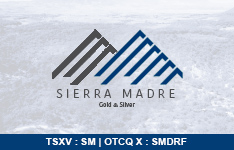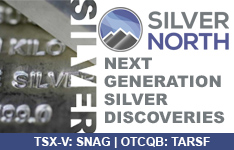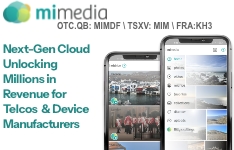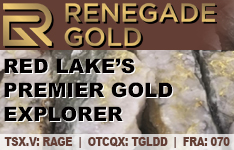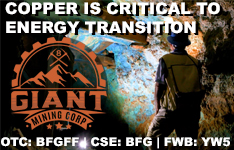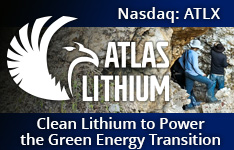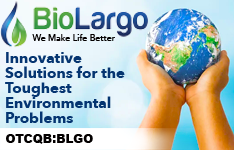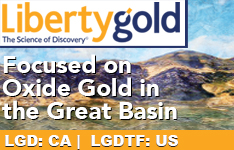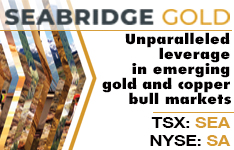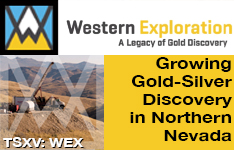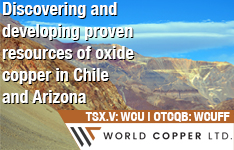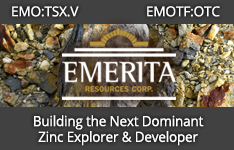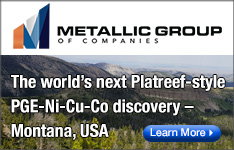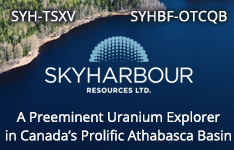Lithium Ionic Corp. (LTH:TSX.V; LTHCF:OTCQX; H3N:FSE) has officially filed a National Instrument 43-101 compliant technical report for its 100%-owned Bandeira Lithium Project in Minas Gerais, Brazil. The filing confirms the company’s previously announced updated Mineral Resource Estimate (MRE) and supports its position within one of Brazil’s most active lithium-producing regions.
The report, prepared by GE21 Consultoria Mineral Ltda. and several independent firms including AtkinsRéalis, L&M Advisory, and Planminas, outlines 27.27 million tonnes (Mt) of Measured and Indicated resources grading 1.34% Li₂O (lithium oxide), equivalent to 901,059 tonnes of lithium carbonate equivalent (LCE). An additional 18.55Mt in the Inferred category was reported, also grading 1.34% Li₂O, representing 615,432 tonnes LCE. The report carries an effective date of November 20, 2024, and was filed on June 9, 2025.
This update brings Lithium Ionic’s consolidated global mineral resources to 36.76Mt grading 1.31% Li₂O in the Measured and Indicated category and 31.87Mt grading 1.19% Li₂O in the Inferred category. According to the company, the updated Feasibility Study incorporating this new data is currently underway and expected to be completed in the second half of 2025.
Located in Brazil’s lithium-rich Minas Gerais state, the Bandeira Project spans 158 hectares, accounting for less than 1% of the company's 17,000-hectare land package. Despite its small footprint, Bandeira has quickly become one of the country’s key development-stage lithium assets. It is strategically positioned next to Sigma Lithium’s Grota do Cirilo and Barreiro projects, as well as adjacent to Companhia Brasileira de Lítio’s long-standing underground lithium operation.
Lithium Sector Outlook: Stable Prices and Strategic Innovation Shape the Market
According to a May report by Straits Research, the global lithium-ion battery dispersant market was valued at US$896.5 million in 2024 and projected to reach over US$1 billion in 2025. The report noted that this growth was driven by "the increasing need to enhance battery performance, stability, and longevity." Dispersants, which ensure uniform distribution of active materials in battery electrodes, have become essential components in improving lithium-ion battery durability across electric vehicles (EVs), consumer electronics, and renewable energy systems.
The growing demand for EVs has also been a significant contributor to sector expansion. Straits Research highlighted that over 4 million electric cars were sold globally in the first quarter of the year, representing a 35% year-over-year increase. This sharp rise in EV adoption has translated into "substantial growth opportunities for dispersant manufacturers in the lithium-ion battery supply chain." The report added that government regulations mandating cleaner energy storage, particularly in regions like India and the European Union, further strengthened long-term demand.
Additional insights came from a May 19 report by SNS Insider, which assessed the lithium-sulfur battery market as a fast-emerging segment within the broader lithium landscape. The report projected the market would grow from US$32.55 million in 2023 to US$478.89 million by 2032, citing a compound annual growth rate of over 35%. Growth drivers included advancements in sulfur cathode materials and continued demand for lightweight, high-energy storage solutions across automotive, aerospace, and defense applications. The report stated that "investments in R&D from both government and private industry are working to improve battery performance," indicating a robust outlook for future lithium-based technologies.
Carbon Credits, in a May 22 analysis, reported that global lithium demand rose by 30% year-over-year in 2024, reaching over 1.1 million tonnes of lithium carbonate equivalent. The supply, however, increased at an even faster pace, rising by more than 35%, leading to a stabilization in lithium prices around US$12,000 per tonne of LCE. The International Energy Agency (IEA) stated that energy storage systems, alongside EVs, accounted for a growing share of lithium use. Although economic uncertainty was cited as a potential limiter on demand, particularly in the U.S., the IEA acknowledged that lithium remained exempt from recent tariffs due to its strategic importance.
The same Carbon Credits report cited projections from the EU’s Raw Materials Information System indicating that "demand for most battery materials will likely exceed supply after 2029–2030." While current oversupply offered cost relief for battery manufacturers, the long-term forecast pointed toward potential shortages without new investment. The IEA further observed that by 2024, lithium contributed only US$15 to the cost of a 57 kWh EV battery, a marked decrease from US$67 in 2022, which helped alleviate cost pressures for producers.
Analysts See Strong Upside as Resources Expand
On May 7, Clarus Securities analyst Varun Arora issued a research report highlighting the continuing growth of Lithium Ionic Corp.’s resource base and the potential value creation stemming from its Bandeira project. Arora stated that the updated global mineral resource for Bandeira reached 45.8 million tonnes grading 1.34% lithium oxide (Li₂O), based on 297 drill holes across more than 60,000 meters of drilling. He emphasized that this reflected over 185% resource growth since the maiden estimate in June 2023, which had outlined just 16 million tonnes.
Arora wrote, “Overall, we see potential for multiple production fronts as the company continues to discover new resources, adding to the production profile while also expanding mine life and potentially providing exposure to multiple commodity cycles.” He added that the current Measured and Indicated resource at Bandeira equates to approximately 5 million tonnes of reserves using the same 85% conversion factor applied in Lithium Ionic’s 2024 feasibility study. This would extend the life of mine to an estimated 17–18 years, up from the 14 years modeled in the original plan.
In addition to Bandeira, Arora also noted that Lithium Ionic’s total resource - including its Baixa Grande and Galvani properties - now stands at 68.6 million tonnes grading 1.25% Li₂O, representing only about 5% of its total 14,182-hectare land position. He projected continued resource growth with further drilling at Baixa Grande, estimating the project could reach 25 to 30 million tonnes.
Clarus Securities maintained a “Speculative Buy” rating on Lithium Ionic and assigned a target price of CA$8.00 per share. At the time of the report, the stock was trading at approximately CA$0.72 per share, implying a potential return of 1,011%. According to Arora, upcoming catalysts included the incorporation of the new resource estimate into an updated feasibility study expected in the second half of 2025, in addition to permitting and financing developments.
Growth Drivers and Strategic Outlook
The expanded resource at Bandeira supports Lithium Ionic’s ambition to become a competitive player in the global lithium supply chain, as detailed in Lithium Ionic's investor presentation. The company’s May 2024 feasibility study shows a base case production scenario of 24,000 tonnes per annum of LCE, supported by projected operating costs of US$3,265 per tonne and capital intensity of US$10,991 per tonne. The study estimated a post-tax net present value (NPV) of US$1.31 billion using an 8% discount rate and projected a 40% internal rate of return (IRR), according to company data.
Bandeira is currently progressing through key permitting stages, with construction and commissioning targeted to begin following the award of operating permits. The company also noted that basic and detailed engineering is ongoing and initial mine development will follow regulatory approvals. The project's location in the Lithium Valley region of Brazil gives it access to supportive infrastructure and a skilled workforce, factors the company views as critical to maintaining cost efficiency and development speed.
Lithium Ionic’s broader portfolio includes additional properties such as Baixa Grande and Salinas, both of which have their own NI 43-101 resource estimates. These collectively strengthen the company’s long-term development pipeline. As Bandeira moves closer to production, the company aims to capitalize on regional synergies and global lithium demand, particularly as battery manufacturing and electric vehicle adoption continue to scale.
 Streetwise Ownership Overview*
Streetwise Ownership Overview*
Lithium Ionic Corp. (LTH:TSX.V; LTHCF:OTCQX; H3N:FSE)
Ownership and Share Structure
According to Refinitiv, Lithium Ionic Corp. had 158.97 million shares outstanding, with approximately 135.44 million shares comprising the free float, representing 85.20% of total shares. The company’s market capitalization stood at CA$66.29 million.
Institutional investors collectively held 16.94% of the outstanding shares, accounting for 26.94 million shares with a reported value of approximately US$25.63 million. Strategic entities held an additional 14.81%, or 23.53 million shares, valued at US$10.34 million. Altogether, institutional and strategic holdings accounted for 31.75% of total shares outstanding.
Top shareholders included Waratah Capital Advisors Ltd., holding 11.12 million shares or 7.00% of the company, followed by BMO Asset Management Inc. with 9.50 million shares (5.97%). Notable insider positions were held by Helio Diniz (5.56%), Michael Lawrence Guy (5.09%), David Patrick Gower (2.55%), and Damien J.D. Lopez (1.18%), based on recent disclosures.
In total, insiders controlled approximately 20% of the company, aligning with prior statements from Lithium Ionic. The remainder of the shares is broadly held by retail investors.
| Want to be the first to know about interesting Cobalt / Lithium / Manganese investment ideas? Sign up to receive the FREE Streetwise Reports' newsletter. | Subscribe |
Important Disclosures:
1) James Guttman wrote this article for Streetwise Reports LLC and provides services to Streetwise Reports as an employee.
2) This article does not constitute investment advice and is not a solicitation for any investment. Streetwise Reports does not render general or specific investment advice and the information on Streetwise Reports should not be considered a recommendation to buy or sell any security. Each reader is encouraged to consult with his or her personal financial adviser and perform their own comprehensive investment research. By opening this page, each reader accepts and agrees to Streetwise Reports' terms of use and full legal disclaimer. Streetwise Reports does not endorse or recommend the business, products, services or securities of any company.
For additional disclosures, please click here.



